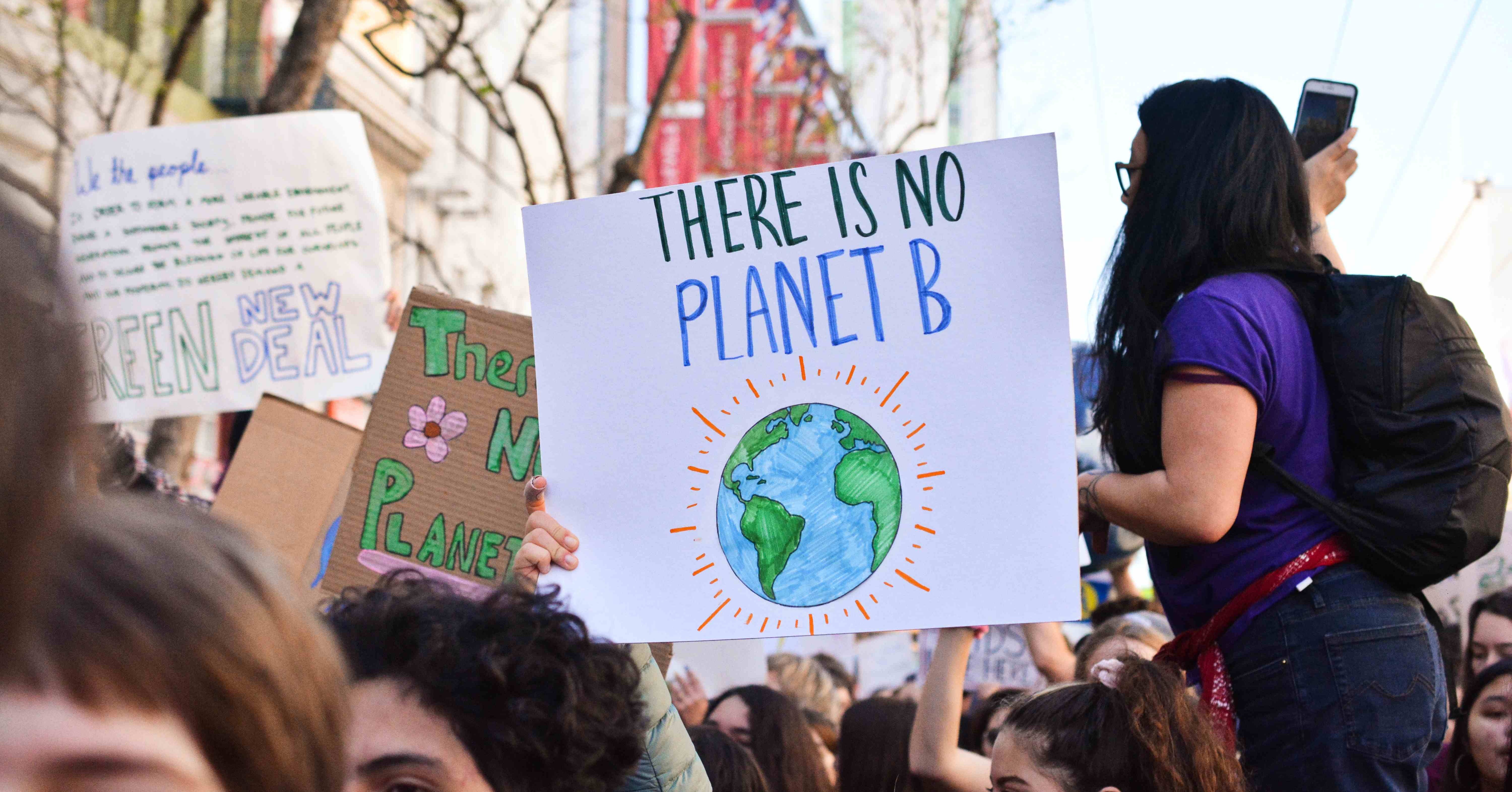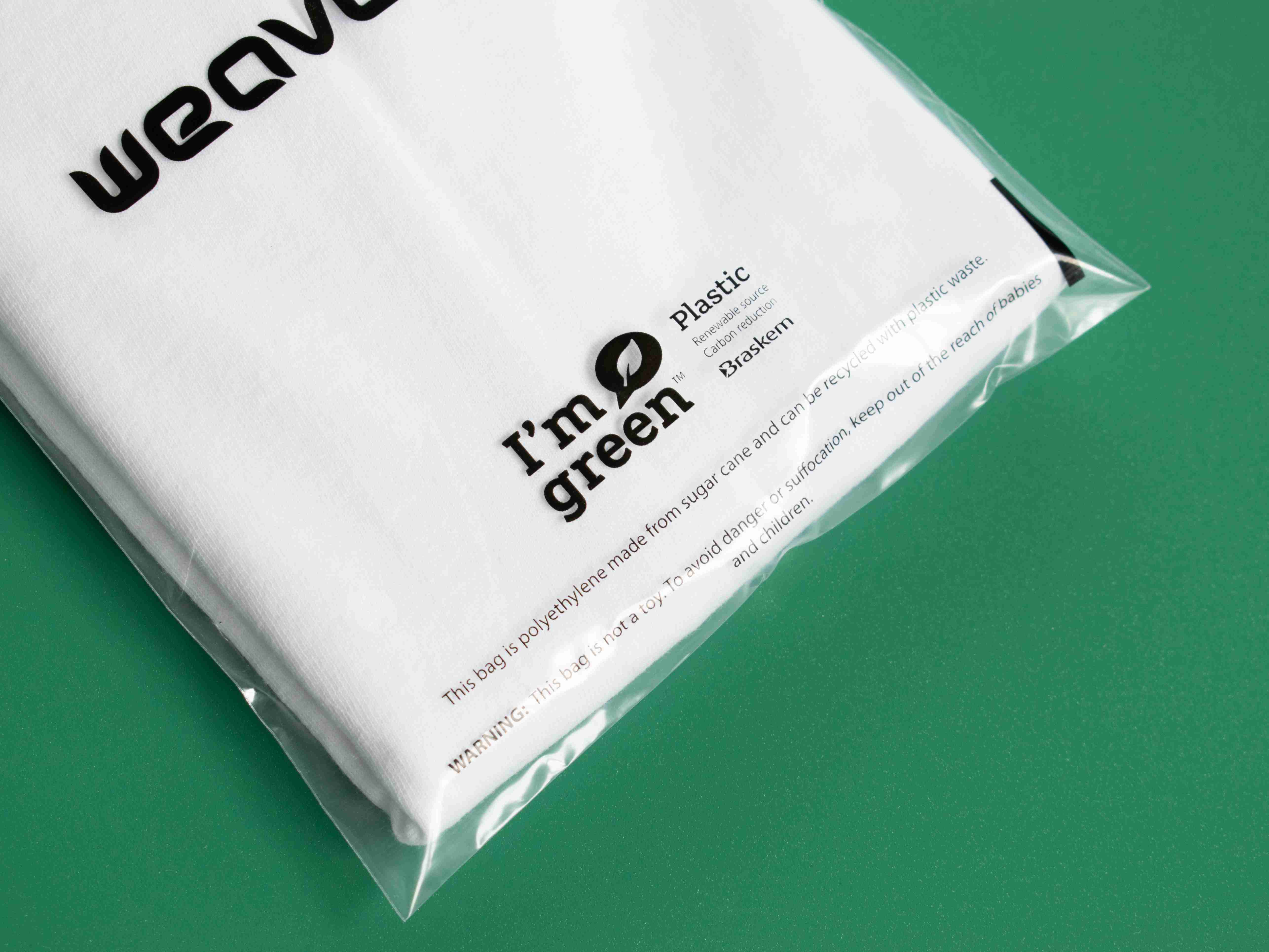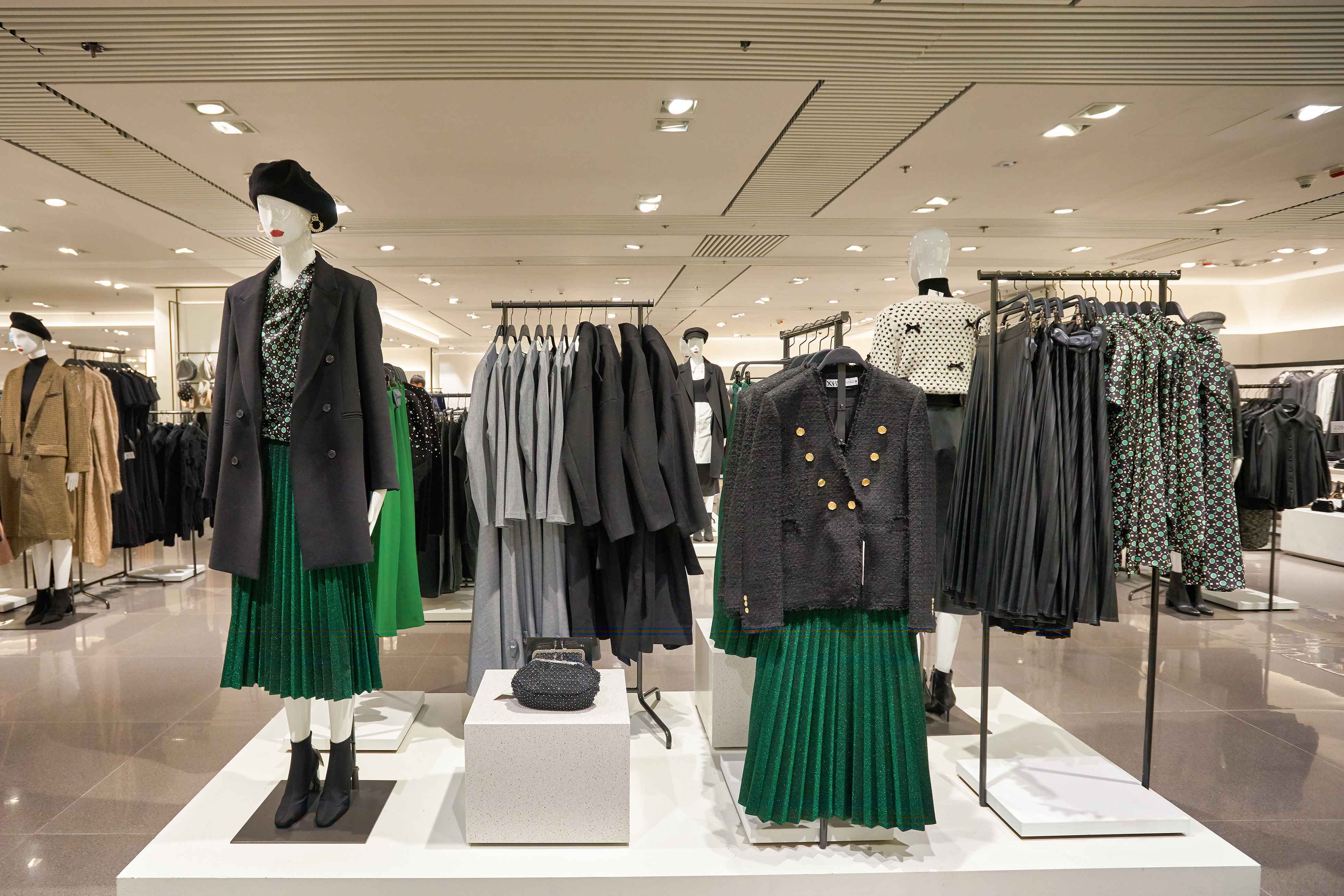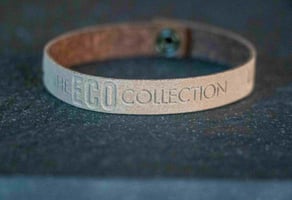Sustainable development goals: How fashion plays its part
What are the sustainable development goals? And how do they impact the fashion industry? We take a look.

As the global climate crisis accelerates at an alarming rate, governing bodies and global organisations are stepping in to minimise the impact of our actions on the environment.
The United Nations’ sustainable development goals are a primary example of these initiatives. The 17 sustainable development goals directly impact the fashion industry and are designed to help secure the future of our planet. Let’s see how.
What are the UN's sustainable development goals?
The sustainable development goals (SDGs) are a blueprint created by the UN for all countries to prosper while protecting the environment. They’re a universal call to action for all countries to contribute towards a safe and sustainable future for our planet.
The SDGs cover social, industrial and environmental areas, ensuring support and accountability for all involved in promoting and securing the SDGs. They are as follows:
- No poverty
- Zero hunger
- Good health and wellbeing
- Quality education
- Gender equality
- Clean water and sanitation
- Affordable and clean energy
- Decent work and economic growth
- Industry, innovation and infrastructure
- Reduced inequalities
- Sustainable cities and communities
- Responsible consumption and production
- Climate action
- Life below water
- Life on land
- Peace, justice and strong institutions
- Partnerships for the goals
How the sustainable development goals relate to fashion
The fashion industry as a whole has a big part to play in the SDGs and whether they're reached. The sector employs 3.45 billion people globally and accounts for 20% of global waste water alone.
Disasters such as Rana Plaza in 2013 further put the industry in the spotlight as to whether it's a responsible industry and calls began for major changes to happen.
The fashion industry weaves into many SDGs, as it has a social, economic and environmental part to play. Let’s take a further look into this.
Goal 8: Decent work and economic growth
SDG8 supports economic prosperity, employment and work opportunities for all. The fashion industry plays a key role in economic growth and employment, ensuring the UK and other nations avoid recessions and the associated financial hardships.
The fashion and textiles industry in the UK contributed £62 billion to GDP and 1.3 million jobs in 2023, showing just how much fashion contributes towards this SDG, the economy and employment.
However, fast fashion and hyperconsumerism significantly impact this number, often at the expense of the environment. The fast fashion business model is geared towards making as much money as possible rather than protecting the environment. That’s where other sustainable development goals come into play.
Goal 12: Responsible consumption and production
Responsible consumption and production is one of the main SDGs that focuses on the environment and directly involves the fashion industry. As pressure builds from governments and consumers for more sustainable consumption, fashion brands must change their production operations to match.
Starting with production, the fashion industry has a huge carbon footprint to tackle. The industry is responsible for 10% of all greenhouse gas emissions and uses at least 79 trillion litres of water annually.
And that’s just the start. For more sustainable fashion statistics, take a look at this blog.
The problem is that the fast fashion model works inherently against responsible consumption and production.
At least a truckload of fashion waste heads to landfill every second, and the chemicals required during raw material processing and production are poisoning our waterways.
For responsible consumption and production to happen, fashion businesses must change how they operate. The circular fashion model is fast gaining traction as a sustainable route towards the fashion industry’s future.
The model aims to eliminate waste, moving away from a linear approach. This has seen a growth in popularity towards sustainable materials and production processes, including regenerative materials, recycling and reuse.
Interested in learning more about sustainable fashion materials? Our textiles cheat sheet tells all.
Goal 13: Climate action
Climate action is a shared SDG that no industry, government or community can ignore — we all have our part to play. Climate change is affecting people and industries around the globe through flooding, droughts and other climate-related natural disasters.
Global emissions are set to increase by 50% by 2030, which won’t help us limit rising temperatures below 2 degrees Celsius, as the 2015 Paris Agreement recommends.
Climate change is reaching an irreversible point, and the fashion industry has to take responsibility for its impact.
The industry can contribute towards climate action by shifting towards more sustainable circular business models, eliminating practices geared towards hyperconsumerism and investing in new eco-friendly materials.
Goals 14 & 15: Life below water and on land
Our land and sea resources fuel life as we know it. The planet would cease to exist without them, so they need protection. Safeguarding ocean and land environments and species is essential.
However, the fashion industry has a detrimental effect on life below water and land. Waste heading to landfills, microplastics in the ocean, destroying habitats for raw materials, supply chain emissions damage and non-biodegradable garments all cause damage.
Businesses should focus on more sustainable operations. Investing in regenerative and recycled materials will help reduce the problem of waste and destroying habitats.
Educating consumers on post-consumer waste will also help minimise the industry’s impact on the environment and natural resources.
Summary
- The United Nations' 17 Sustainable Development Goals (SDGs) are a blueprint to secure the future of our planet, and they directly impact the fashion industry.
- The fashion sector has a huge environmental footprint, being responsible for 10% of all greenhouse gas emissions, using at least 79 trillion litres of water annually, and accounting for 20% of global waste water alone. Climate change is reaching an irreversible point, demanding immediate action.
- The industry employs 3.45 billion people globally and is a key economic driver, but must ensure responsible practices.
- Brands must move away from hyperconsumerism and adopt circular fashion models (eliminating waste, recycling, and reuse).
- The industry must take responsibility for its impact by shifting towards sustainable business models and investing in new eco-friendly materials.
Can fashion ever be truly sustainable?
While the UN’s sustainable development goals offer a good foundation for fashion brands to build upon, can an industry rooted in hyperconsumerism and overproduction ever be fully sustainable?
We take a look at this — and more — in our latest guide, Making fashion sustainable. To access your copy, follow the link below.










.jpeg?width=400&height=200&name=5480590b-1a64-4bc1-b6a9-d982cd514f10%20(1).jpeg)
